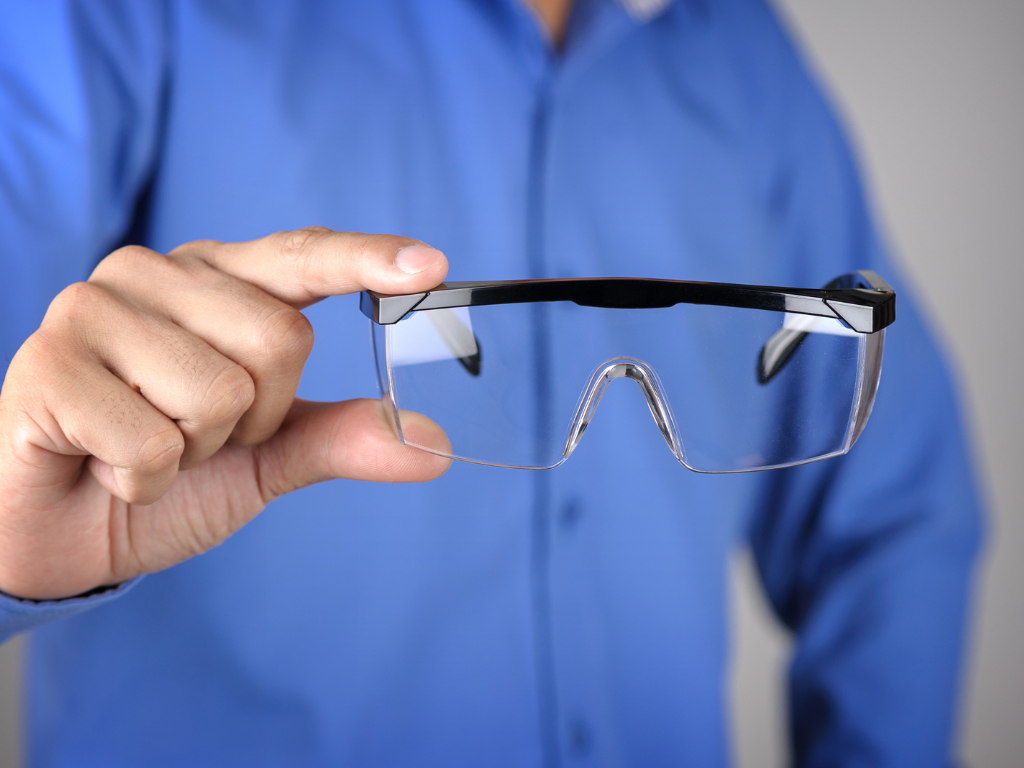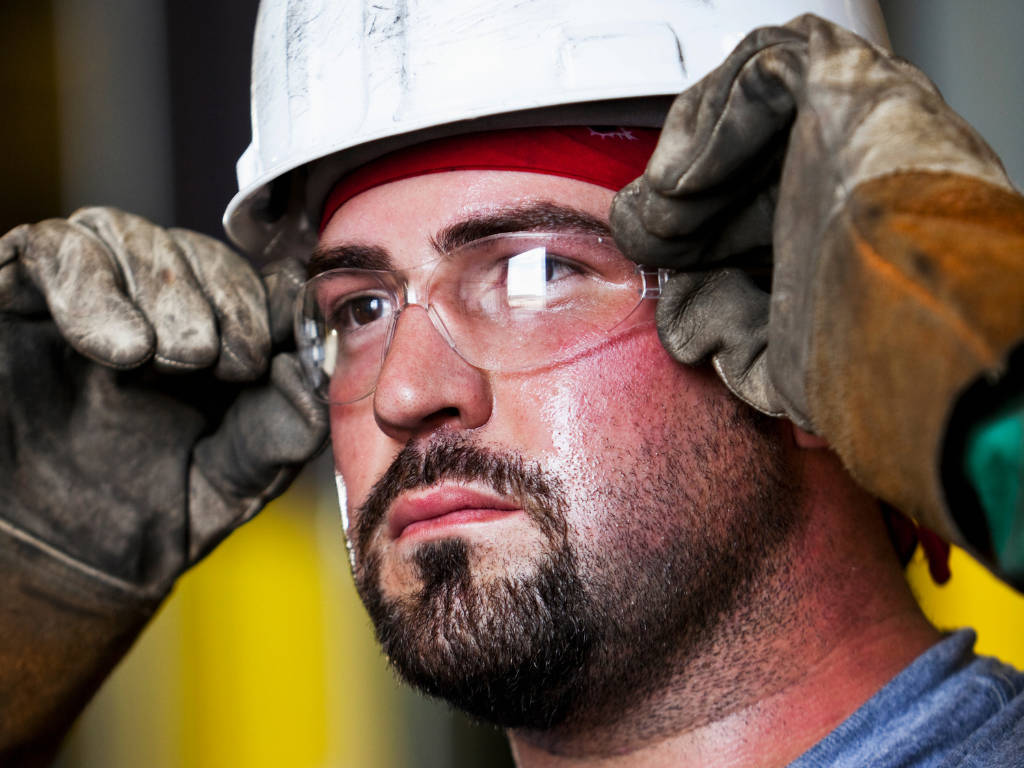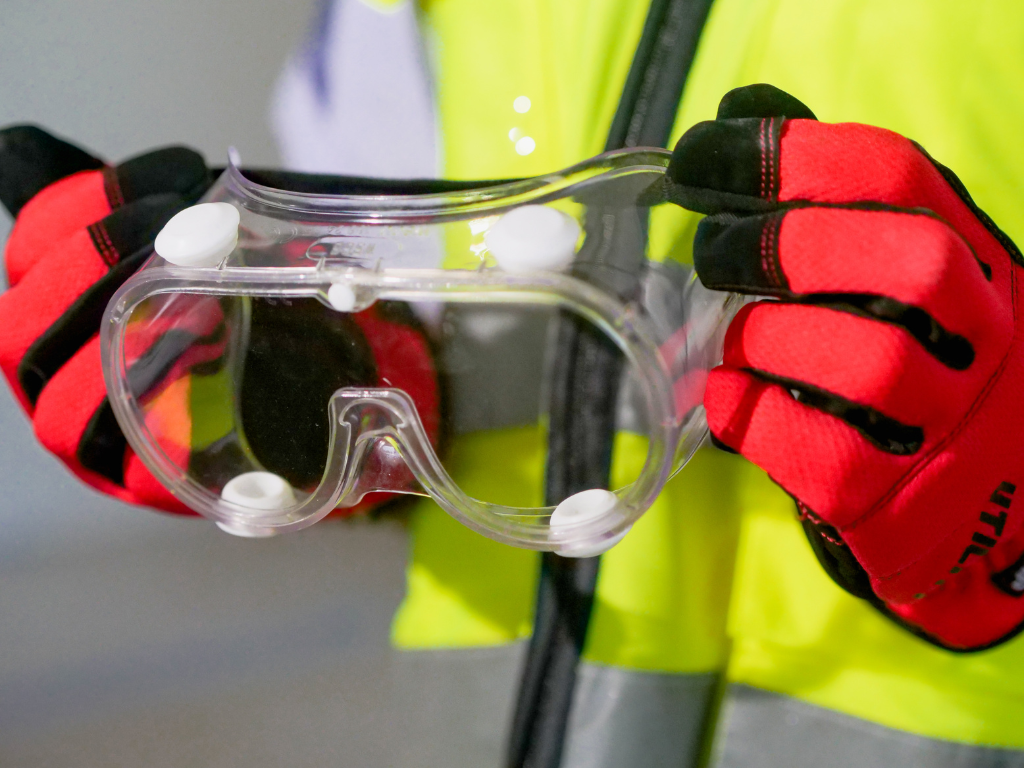Safety glasses are an indispensable tool in safeguarding workers’ vision across various industries. They serve as a primary barrier against a multitude of eye hazards, significantly reducing the risk of injuries that can result from mechanical impacts, chemical splashes, and harmful radiation. The critical role of safety glasses cannot be overstated, as they not only protect against immediate injuries but also contribute to preserving long-term vision health.

Common Eye Hazards in Industrial and Office Settings
Eye hazards are prevalent in both industrial environments and modern office settings. In industries, workers may be exposed to flying debris, particles, and harmful chemicals. Meanwhile, in office settings, prolonged exposure to computer screens and the risk of ergonomic strain also pose threats to eye health. Identifying these hazards is the first step in mitigating risks and implementing effective protective measures.
Understanding Eye Hazards
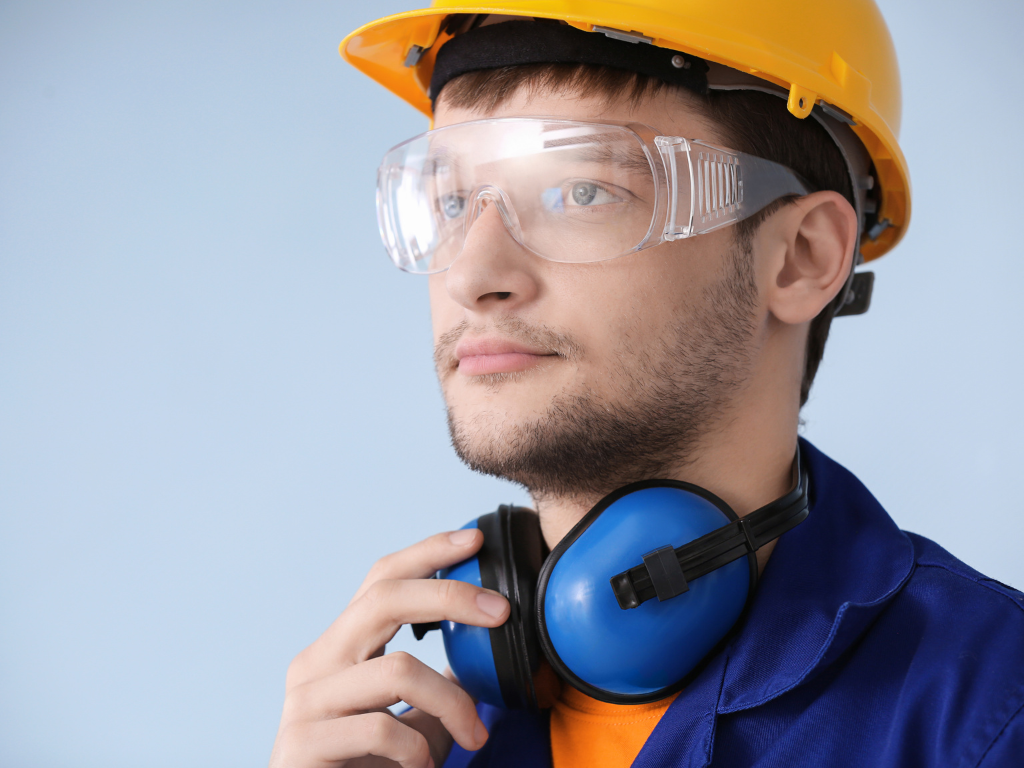
Types of Eye Hazards
Eye hazards in the workplace can be broadly categorized into mechanical, chemical, and radiological hazards. Mechanical hazards include flying debris, dust, and particles that can cause abrasions or penetration injuries. Chemical hazards involve splashes, mists, and vapors that can burn or irritate the eye. Radiological hazards, such as exposure to UV or laser light, can result in burns and long-term damage to the eyes.
Real-World Consequences of Neglect
Neglecting eye safety can have severe consequences, from temporary discomfort and irritation to permanent vision loss and blindness. Beyond the immediate physical effects, eye injuries can lead to significant emotional distress, loss of income, and reduced quality of life for workers. The long-term impacts underscore the necessity of adopting strict eye protection practices in all relevant work environments.
Selecting the Right Safety Glasses

Features of Effective Safety Glasses
Effective safety glasses should offer comprehensive protection tailored to the specific hazards of the workplace. Essential features include impact resistance to protect against flying objects, UV protection for outdoor work or exposure to harmful rays, and side shields for additional lateral protection. The best safety glasses are those that meet or exceed established safety standards, ensuring maximum protection for the wearer.
Matching Safety Glasses to Hazards
Selecting the appropriate safety glasses involves a careful assessment of the workplace hazards present. For environments with high particle debris, glasses with robust impact resistance and side protection are essential. In settings with chemical exposure, glasses designed to resist chemical penetration and provide a secure fit to prevent splashes are crucial. For work involving harmful radiation, selecting glasses with the appropriate filter for the specific type of radiation ensures effective protection.
Implementing an Eye Safety Program

Steps for Development
Creating an effective eye safety program involves several crucial steps:
- Risk Assessment: Conduct a thorough assessment of the workplace to identify potential eye hazards.
- Selection of Proper Eyewear: Based on the risk assessment, choose the appropriate safety glasses that meet or exceed safety standards for the identified risks.
- Policy Development: Develop clear policies outlining when, where, and what type of safety glasses should be worn, incorporating input from workers to ensure practicality and compliance.
- Provision of Eyewear: Ensure that suitable safety glasses are readily available to all employees who require them.
Training and Awareness
Regular training sessions and awareness campaigns are vital components of an eye safety program:
- Initial and Ongoing Training: Offer comprehensive training on eye safety during onboarding and periodic refresher courses.
- Awareness Campaigns: Utilize posters, meetings, and safety reminders to keep eye safety at the forefront of workers’ minds.
- Encourage Reporting: Foster an environment where employees feel comfortable reporting potential eye hazards and safety violations.
Regulatory Standards and Compliance
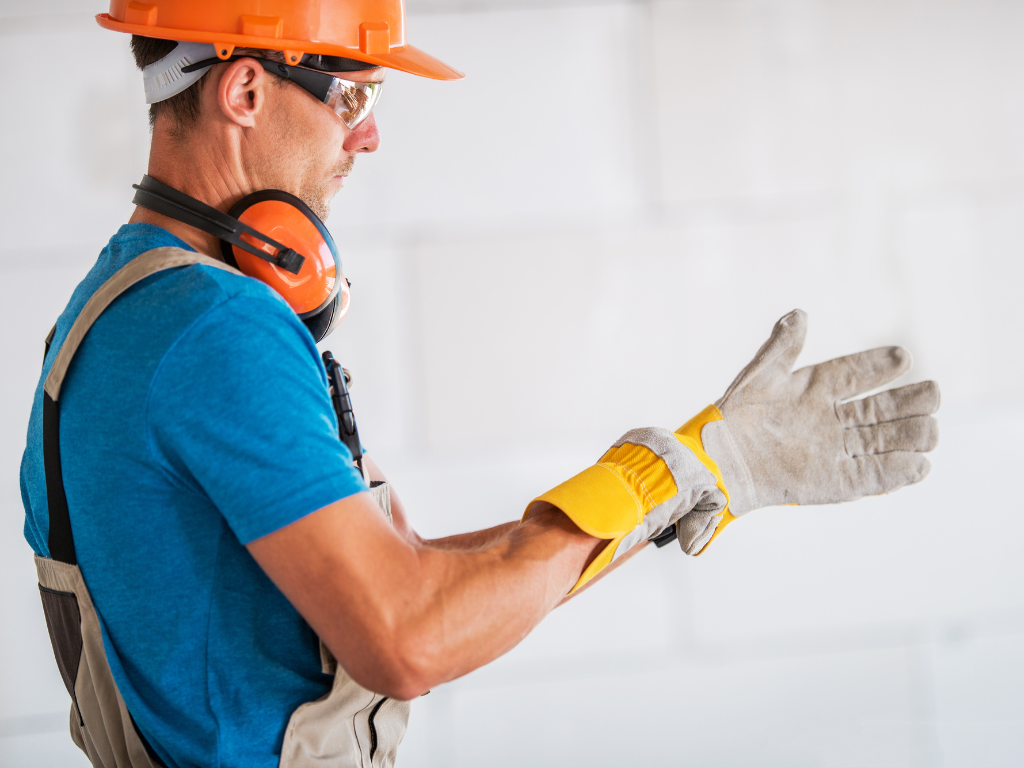
Understanding ANSI Z87.1 and Other Standards
The ANSI Z87.1 standard in the United States specifies performance criteria and testing requirements for devices used to protect the eyes and face from injuries. Other countries may adhere to different standards, such as EN166 in Europe. Familiarity with these standards ensures that the selected safety glasses are capable of providing adequate protection.
Ensuring Compliance
Maintaining compliance with safety standards requires:
- Regular Audits: Perform regular audits of safety eyewear to ensure that all equipment meets the required standards.
- Record-Keeping: Keep detailed records of safety equipment purchases, inspections, and employee training.
- Staying Informed: Keep up to date with changes in safety standards and regulations.
Innovations in Safety Eyewear

Recent Advancements
Recent advancements in safety eyewear focus on enhancing both protection and wearer comfort. Innovations include:
- Anti-Fog and Anti-Scratch Coatings: Improvements in lens coatings to maintain clear vision under various conditions.
- Improved Fit and Comfort: Developments in frame materials and design that provide a better fit and reduce discomfort during prolonged use.
Future Trends in Eye Safety
The future of safety eyewear may include:
- Smart Glasses: Integration of augmented reality (AR) to provide real-time hazard alerts and information.
- Sustainable Materials: Increased use of eco-friendly materials in the construction of safety glasses.
- Greater Customization: Advances in manufacturing technologies may allow for more personalized fit and protection options.
Overcoming Challenges in Eye Safety Adoption

Addressing Worker Non-Compliance
Worker non-compliance can be a significant barrier to effective eye safety practices. Common reasons for resistance include discomfort, reduced visibility, or simply a lack of awareness about the risks. Overcoming these challenges requires:
- Improving Comfort: Selecting safety glasses with adjustable features, soft materials, and proper ventilation can address discomfort issues.
- Enhancing Visibility: Providing anti-fog and anti-scratch glasses ensures clear vision, encouraging regular use.
- Education and Training: Regular, engaging training sessions that highlight the risks of eye injuries and the benefits of protection can change attitudes towards safety eyewear.
Creating a Culture of Safety
A strong safety culture is crucial for the adoption of eye safety practices. Here’s how to cultivate this environment:
- Leadership Example: Leaders should model safety behavior by wearing safety glasses whenever required, setting a standard for all employees.
- Employee Involvement: Involve employees in the selection process of safety eyewear and the development of safety policies to increase buy-in and compliance.
- Recognition and Rewards: Implementing a system that recognizes and rewards adherence to safety practices can motivate employees to follow suit.
Conclusion
As we conclude, it’s vital to reiterate that eye safety in the workplace is non-negotiable. Safety glasses are an indispensable tool in preventing eye injuries, which can range from temporary discomfort to permanent vision loss. The adoption of comprehensive eye safety programs, attention to worker compliance, and the fostering of a culture that prioritizes safety are crucial steps in protecting the well-being of employees.
By addressing the challenges in eye safety adoption and embracing advancements in protective eyewear, organizations can significantly reduce the risk of eye injuries, thereby safeguarding their most valuable asset: their workers.

